La Paella


La Paella Recipes for delicious Spanish rice and noodle dishes Louise Pickford photography by Ian Wallace


Designer Paul Stradling Editor Sarah Vaughan Production Mai-ling Collyer Art Director Leslie Harrington Editorial Director Julia Charles Publisher Cindy Richards Food and prop stylist Louise Pickford Indexer Vanessa Bird First published in 2020 by Ryland Peters & Small, 2021 Jockeys Fields, London WC1R 4BW and 341 E 116th St, New York NY 10029 www.rylandpeters.com 10 9 8 7 6 5 4 3 2 1 Text Louise Pickford 2015, 2020. Design and photographs Ryland Peters & Small 2015, 2020. Some of these recipes previously appeared in
Paella and Other Spanish Rice Dishes. ISBN: 978-1-78879-236-3 EISBN: 978-1-78879-308-7 The authors moral rights have been asserted. All rights reserved. No part of this publication may be reproduced, stored in a retrieval system or transmitted in any form or by any means, electronic, mechanical, photocopying or otherwise, without the prior permission of the publisher. A CIP record for this book is available from the British Library.
US Library of Congress cataloging-in-publication data has been applied for. Printed and bound in China. Notes Both British (Metric) and American (Imperial plus US cup) measurements are included in these recipes for your convenience however it is important to work with one set of measurements and not alternate between the two within a recipe. All spoon measurements are level unless specified. All eggs are medium (UK) or large (US), unless specified as large, in which case US extra-large should be used. Uncooked or partially cooked eggs should not be served to the elderly or frail, young children, pregnant women or those with compromised immune systems.
Ovens should be preheated to the specified temperatures. We recommend using an oven thermometer. If using a fan-assisted oven, adjust temperatures according to the manufacturers instructions. When a recipe calls for the grated zest of citrus fruit, buy unwaxed fruit and wash well before using. If you can only find treated fruit, scrub well in warm soapy water before using. 
 Contents La Despensa de la Cocina EspaolRecetas BsicasPaellasArroz CaldosoArroz Al HornoFideuaSopasFriturasEl Postre
Contents La Despensa de la Cocina EspaolRecetas BsicasPaellasArroz CaldosoArroz Al HornoFideuaSopasFriturasEl Postre Introduction This book celebrates one of the most loved and perhaps well known Spanish dishes, paella.
Introduction This book celebrates one of the most loved and perhaps well known Spanish dishes, paella.
While most of us know rice to be the basis of this delicious dish, a lesser known type of pasta noodle, called fideo (or fideu in Catalan), is also cooked in a similar way. The dish is known as fideua (pronounced fi-de-gwah) and means a large amount of noodles. Deeply rooted in Spanish culture and cuisine, rice was first introduced by the Arabs in the 8th century. Now, it is one of the countrys most important food sources. Today, Spain is Europes second largest rice producer; the low-lying wetland areas of Valencia, Murcia and Catalonia boasting perfect conditions for paella rice to thrive. Highly regarded for its ability to absorb up to three times its volume in liquid, the rice swells as it cooks while retaining its shape and texture.
It is harder to decipher when pasta appeared in Spain. Pasta making can be traced back to the Arab world, so it could have simply arrived with rice, though it is also likely that Italian cooks travelling to Spain transferred their own love of pasta into Spanish cooking. Most savoury Spanish dishes begin with a sofrito; a rich paste-like melange of garlic, onion, paprika, saffron and tomato sauted in oil. Into this other ingredients are stirred and cooked briefly before adding stock, rather than water, to add depth of flavour (see pages 14 and 15 for stock recipes). For traditional paella, a combination of meats, seafood and seasonal vegetables are used, and when cooked, it should be dry on the top, crusty at the bottom and moist in the middle. Fideua, the more current invention, is made with just fish and seafood.
It uses less liquid, takes less time to cook and, although it also has a dry top and a crispy base, it is less wet than paella. Both crispy bases are known as socarrat and are often fought over! There are many paella and fideua variations to be found in this book, from soups and stews to baked, fried or even sweet dishes. If you plan on making them regularly, I really recommend investing in a 35-cm/14-inch paella pan, even if a shallow flameproof casserole or large frying pan/skillet will do. Baked rice dishes (arroz al horno) are traditionally oven cooked in an earthenware dish (or cazuela), are similar in texture to paella and they, too, are left to sit for 510 minutes before serving. You can also cook all the paella recipes in the oven; once all of the ingredients are in the pan, transfer to the oven and cook as specified. Creamy rice (arroz caldozo), similar to risotto, is traditionally cooked in a two-handled pan that is deeper than a paella pan, and is served immediately with alioli, a fiercely Spanish garlic mayonnaise (see page 12).
Rice or noodle soups (sopa con arroz y fideos) are cooked in a deep saucepan/pot and require the most liquid. They also need to be served straight away to prevent the rice or noodles absorbing more liquid and becoming mushy. The final two chapters feature some lesser known compared to paella, that is but equally impressive recipes for fried dishes (frituras) and sweet dishes (el postre), that can be found in households all over Spain. If youre a lover of Spanish food, youre sure to find authentic and surprising recipes here. The Spanish Storecupboard La Despensa de la Cocina Espaol Saffron (azafrn) is the worlds most expensive spice. It is the dried stigma of a variety of crocus plant (Sativus) and is still picked by hand, which is why it is so expensive.
The higher the percentage of pure red rather than red-yellow strands, the better the quality, and both the strands and powdered saffron can be added to a dish. However, if a recipe calls for powdered saffron it is best to use the strands and pound them yourself, to ensure its quality. Paprika (pimentn) is a powdered spice made from red (bell) peppers that are smoked and dried over a fire, and is one of Spains finest and most highly prized commodities. There are many different types of paprika and it is used in everything from chorizo sausage to sauces. Varieties include smoked (ahumado de la Vera), sweet (dulce), hot (picante) and bitter-sweet (agridulce). ora peppers (pimienta ora) are small, sweet-fleshed red (bell) peppers only available dried. ora peppers (pimienta ora) are small, sweet-fleshed red (bell) peppers only available dried.
They add flavour to stews and soups and are much more commonly used than chilli/chile peppers, especially in a paella or fideua. To prepare and rehydrate the dried peppers, pierce them with a sharp knife this allows the water to penetrate and be absorbed and soak them in boiling water for about 15 minutes. Discard the stalks and seeds, then scrape the flesh from the skins, reserving the paste and disposing of the skins. 

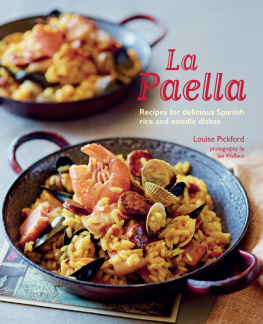
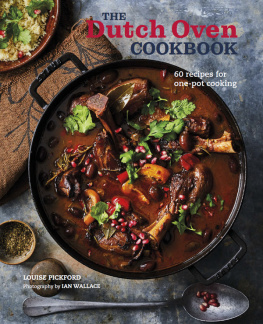
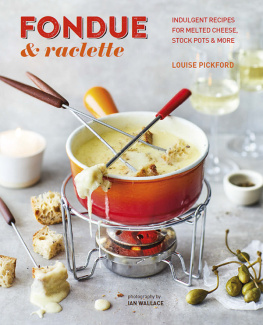
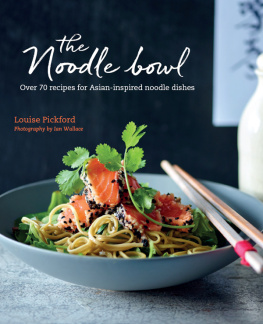
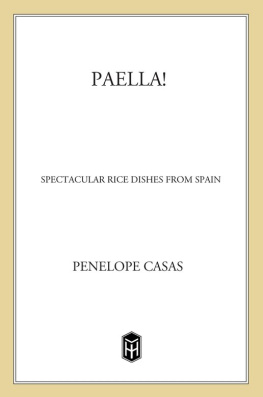

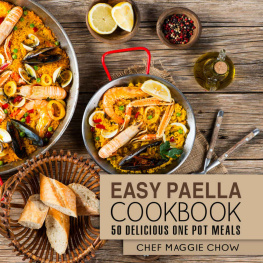

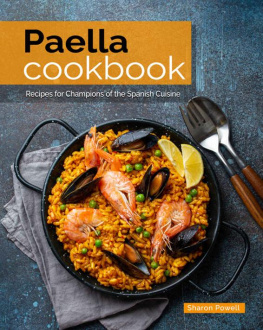
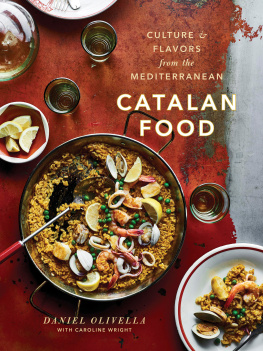


 La Paella Recipes for delicious Spanish rice and noodle dishes Louise Pickford photography by Ian Wallace
La Paella Recipes for delicious Spanish rice and noodle dishes Louise Pickford photography by Ian Wallace 
 Designer Paul Stradling Editor Sarah Vaughan Production Mai-ling Collyer Art Director Leslie Harrington Editorial Director Julia Charles Publisher Cindy Richards Food and prop stylist Louise Pickford Indexer Vanessa Bird First published in 2020 by Ryland Peters & Small, 2021 Jockeys Fields, London WC1R 4BW and 341 E 116th St, New York NY 10029 www.rylandpeters.com 10 9 8 7 6 5 4 3 2 1 Text Louise Pickford 2015, 2020. Design and photographs Ryland Peters & Small 2015, 2020. Some of these recipes previously appeared in Paella and Other Spanish Rice Dishes. ISBN: 978-1-78879-236-3 EISBN: 978-1-78879-308-7 The authors moral rights have been asserted. All rights reserved. No part of this publication may be reproduced, stored in a retrieval system or transmitted in any form or by any means, electronic, mechanical, photocopying or otherwise, without the prior permission of the publisher. A CIP record for this book is available from the British Library.
Designer Paul Stradling Editor Sarah Vaughan Production Mai-ling Collyer Art Director Leslie Harrington Editorial Director Julia Charles Publisher Cindy Richards Food and prop stylist Louise Pickford Indexer Vanessa Bird First published in 2020 by Ryland Peters & Small, 2021 Jockeys Fields, London WC1R 4BW and 341 E 116th St, New York NY 10029 www.rylandpeters.com 10 9 8 7 6 5 4 3 2 1 Text Louise Pickford 2015, 2020. Design and photographs Ryland Peters & Small 2015, 2020. Some of these recipes previously appeared in Paella and Other Spanish Rice Dishes. ISBN: 978-1-78879-236-3 EISBN: 978-1-78879-308-7 The authors moral rights have been asserted. All rights reserved. No part of this publication may be reproduced, stored in a retrieval system or transmitted in any form or by any means, electronic, mechanical, photocopying or otherwise, without the prior permission of the publisher. A CIP record for this book is available from the British Library. 
 Contents La Despensa de la Cocina EspaolRecetas BsicasPaellasArroz CaldosoArroz Al HornoFideuaSopasFriturasEl Postre
Contents La Despensa de la Cocina EspaolRecetas BsicasPaellasArroz CaldosoArroz Al HornoFideuaSopasFriturasEl Postre Introduction This book celebrates one of the most loved and perhaps well known Spanish dishes, paella.
Introduction This book celebrates one of the most loved and perhaps well known Spanish dishes, paella.